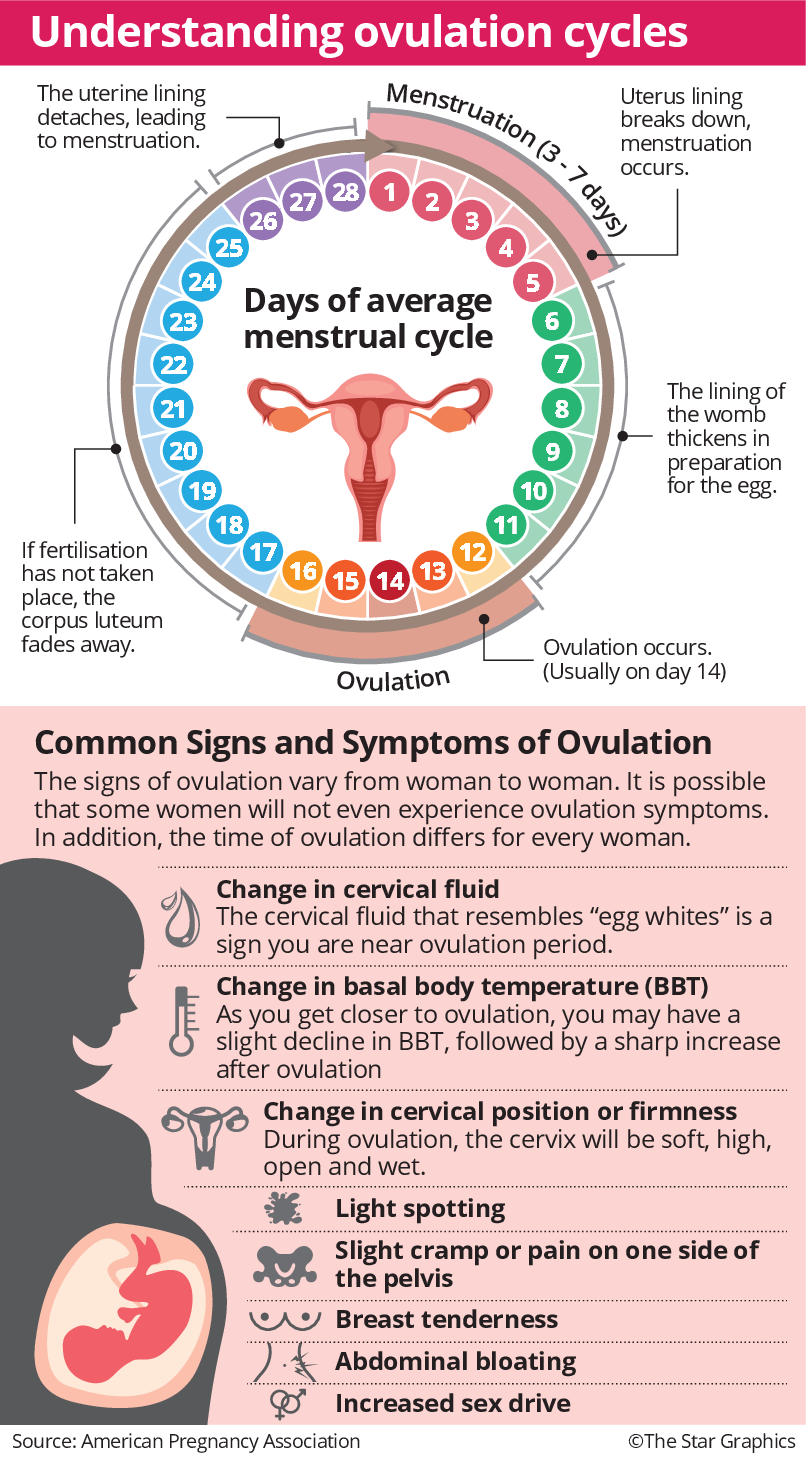How To Time Ovulation
This can also give you some indication of when you ovulate.
How to time ovulation. You can only become pregnant if a sperm fertilises an egg. The egg travels to the uterus where it will wait to be fertilized by the sperm. So what happens next. Ovulation usually happens 12 to 16 days before your next period starts.
Our ovulation calculator gives you the dates you re most likely to be fertile over the next several months. When it is time for ovulation to occur the uterine lining has already thickened in preparation for the fertilized egg. Having sex during this time gives you the best chance of getting pregnant. Changes to your cervix throughout the month your cervix changes in position and texture.
Ovulation is literally when the mature egg is released from the ovaries and pushed down the fallopian tube. In humans ovulation occurs about midway through the menstrual cycle after the follicular phase the few days surrounding ovulation from approximately days 10 to 18 of a 28 day cycle constitute the most fertile phase. See what fertile cervical mucus looks like. How we calculate your fertile days.
Ovulation is the release of a mature egg from the ovary. Ovulation is the name of the process that happens usually once in every menstrual cycle when hormone changes trigger an ovary to release an egg. The time from the beginning of the last menstrual period lmp until ovulation is on average 14 6 days but with substantial variation among females and between cycles in. Around the time of ovulation your cervical mucus may be clear and slippery a bit like raw egg white.
First we estimate when you ll ovulate by counting back 14 days from the day you expect your next period. This is menstruation menstrual period and brings us back to day 1 of your cycle. At this time your hormone levels will decrease and your uterine lining will begin to shed about 12 16 days from ovulation. This is the main point of a menstrual cycle.
The eggs are contained in your ovaries. By 12 24 hours after ovulation a woman is no longer able to get pregnant during that menstrual cycle because the egg is no longer in the fallopian tube. But the most fertile days are the three days leading up to and including ovulation. Researchers have compared ultrasound results to commonly used methods of ovulation tracking.
After the egg is released the empty follicle on the ovary is converted to a structure. What happens after ovulation depends upon whether a sperm cell fertilizes the egg or not. After this the egg travels through a fallopian tube where a sperm cell may or may not fertilize it. Ovulation is a monthly process when one of your ovaries releases an egg.
